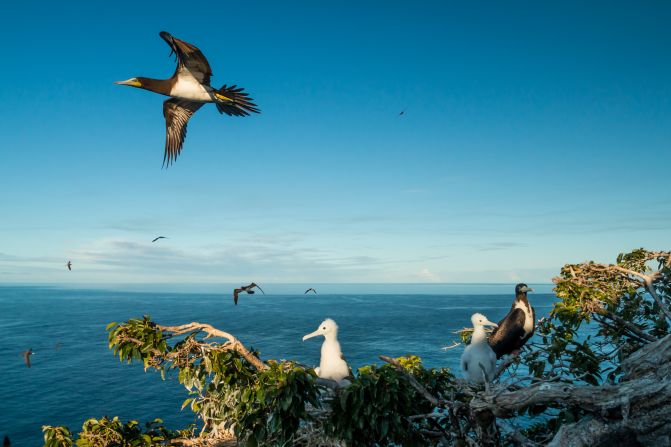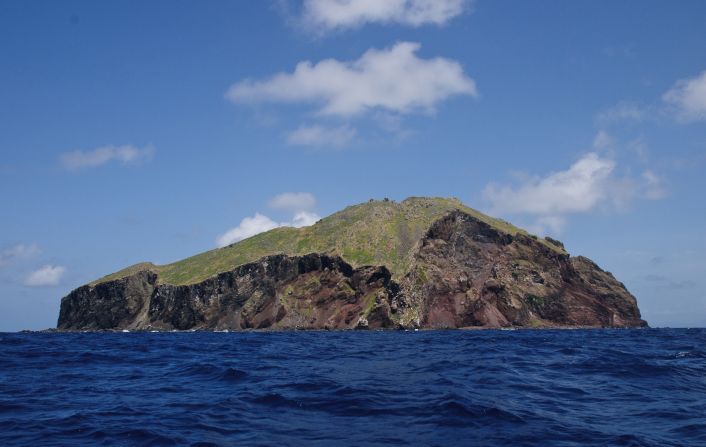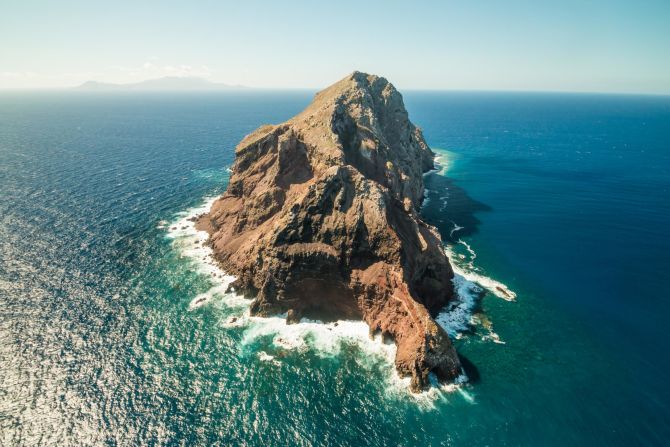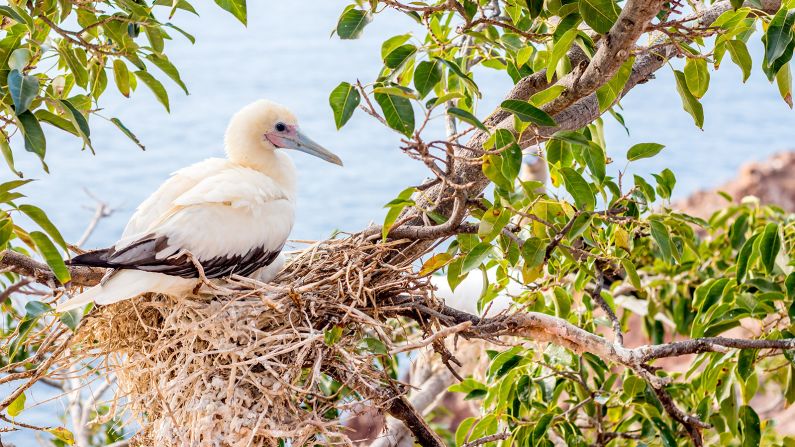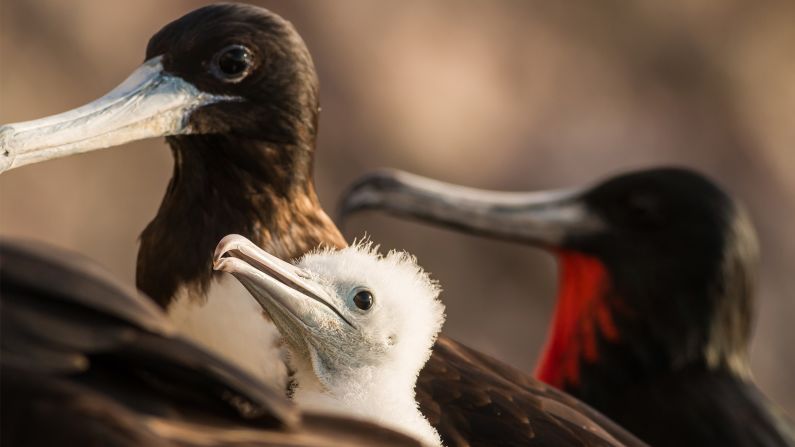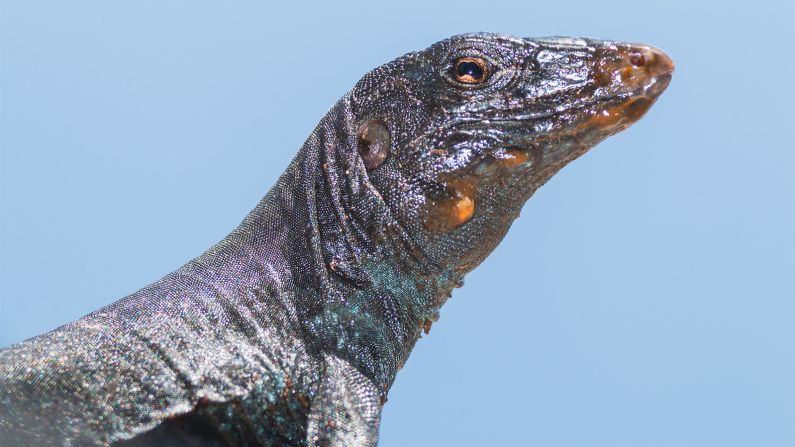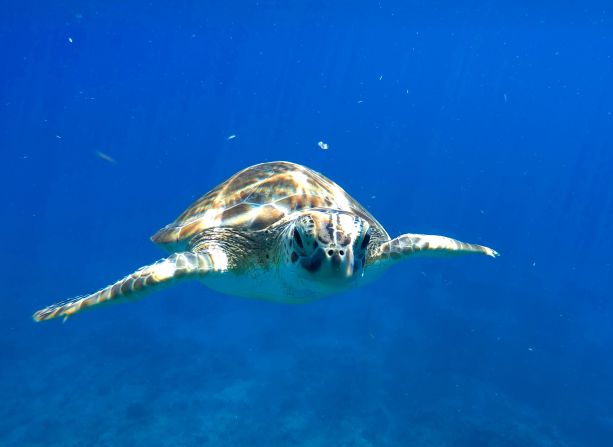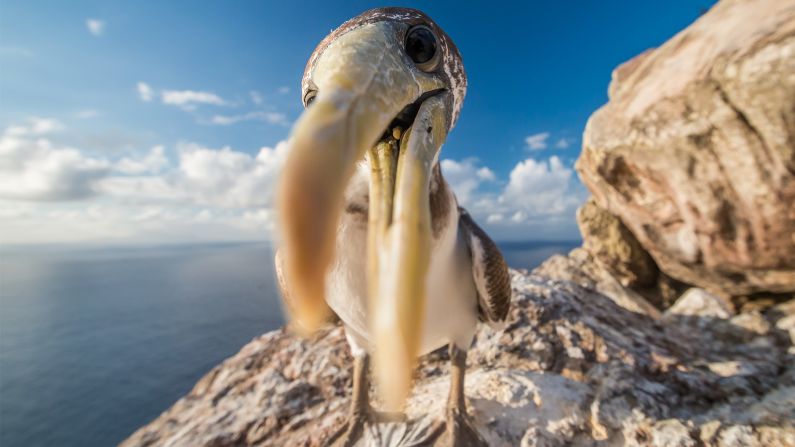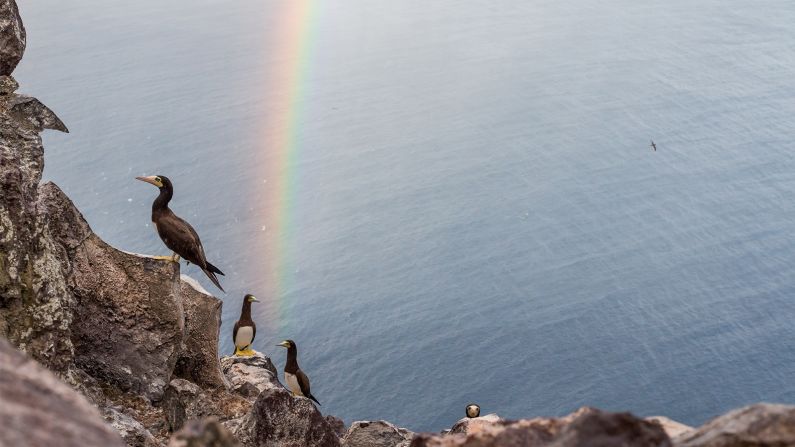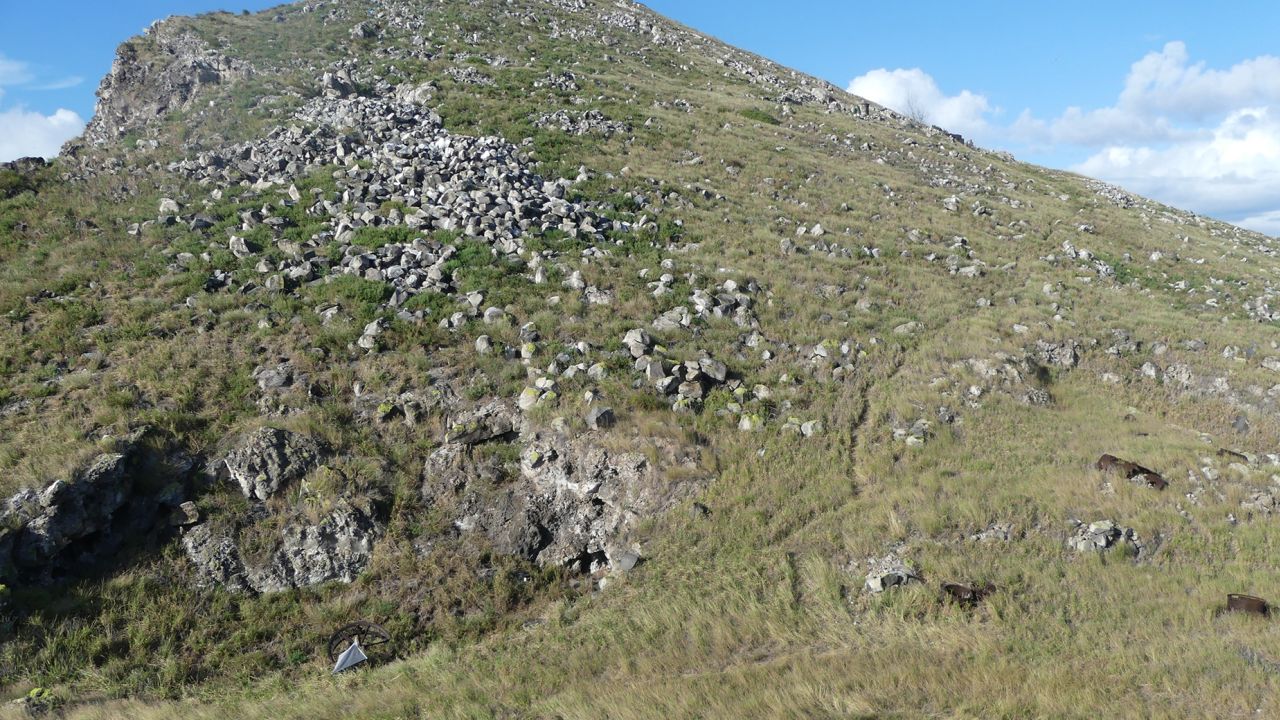Editor’s Note: Call to Earth is a CNN editorial series committed to reporting on the environmental challenges facing our planet, together with the solutions. Rolex’s Perpetual Planet initiative has partnered with CNN to drive awareness and education around key sustainability issues and to inspire positive action.
A small island juts out of the Caribbean Sea, its sheer cliffs descending into turquoise waters. Remote and uninhabited, it could be the setting of an untouched paradise. But centuries ago, it was touched.
This is Redonda, the little-known third island belonging to Antigua and Barbuda. First documented by Christopher Columbus in 1493, it was only 200 years later that people reportedly set foot on the wild isle. Its flocks of seabirds made it an attractive place to mine for guano – bird excrement used for fertilizer and gunpowder in the 19th century. Known at the time as “white gold,” guano is credited with driving the development of modern farming, and at the height of the trade, Redonda produced as much as 4,000 tons a year.
But with the humans came invasive species, such as black rats and feral goats. Long after the guano production had ceased following the outbreak of World War I, these animals remained, eating away at the island’s plants or preying on its endemic species. Eventually, most of the vegetation had gone, and with nothing holding it together the landmass started to crumble, rocks and soil sliding into the sea and choking the marine ecosystem below. Birds stopped nesting there and even some of the goats were left to starve, their corpses littered across the island. Redonda had become a barren moonscape ruled by rats.
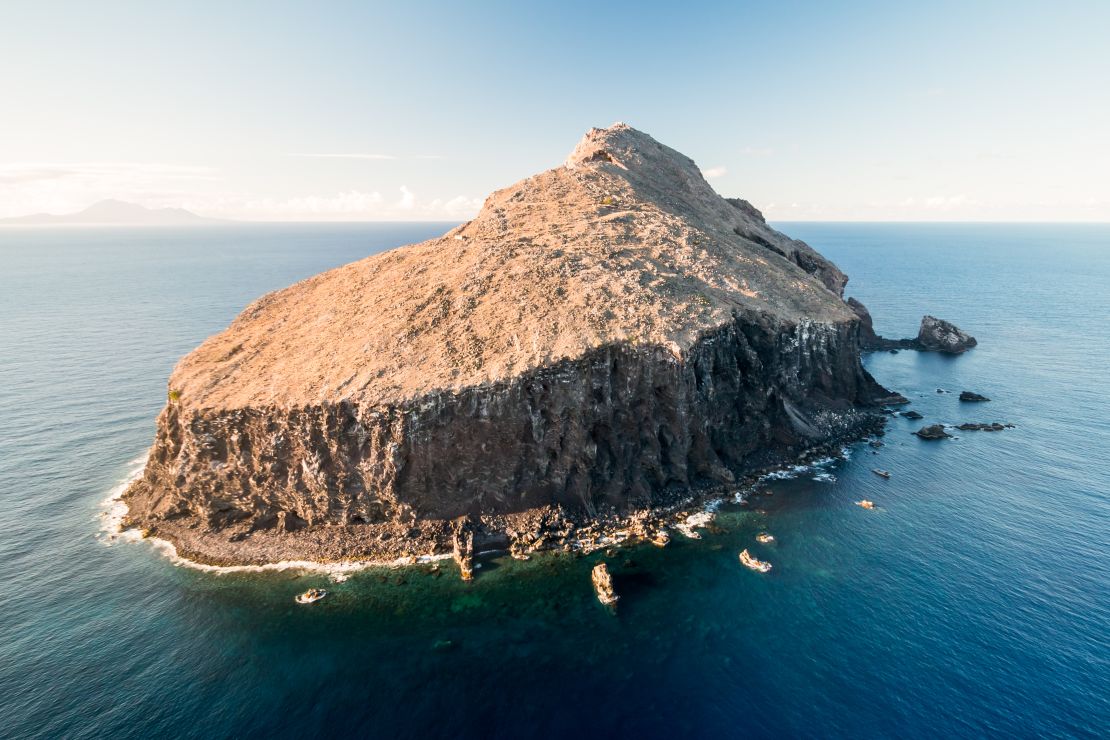
Witnessing these changes, environmental groups decided to take action. In 2016, they launched an effort to restore the island and eliminate the invasive species.
“That’s all we did. We just removed the species that were not supposed to be there and within months we saw the vegetation growing back – the island rebounding,” says Johnella Bradshaw, Redonda program coordinator for the Environmental Awareness Group (EAG), an Antiguan NGO leading the project.
“Up to this date, we haven’t planted anything, we haven’t reintroduced any species. We just removed the rats and the goats, and the island transformed right in front of our eyes,” she says.
The extraordinary comeback has led to the island, and the ocean that surrounds it, being designated as a protected area. Announced this month by the Antiguan government, the Redonda Ecosystem Reserve will cover 30,000 hectares of land and sea, including the tiny isle, its surrounding seagrass meadows and a 180 square-kilometer (69 square-mile) coral reef.
Preventing extinction
The new designation is not only a big win for conservation groups involved in the project, including the EAG and international organizations such as Fauna & Flora and Re:wild, but also for the 30 globally threatened and near-threatened species that are thought to reside in the protected area.
Environmentalists hope that it will help to prevent the tragedy that is unfurling across many offshore islands in the region. Caribbean islands, despite comprising only 0.15% of the Earth’s area, account for at least 10% of the world’s recorded bird extinctions, 40% of mammal extinctions and more than 60% of reptile extinctions since the year 1500, according to Fauna & Flora.
“They are biodiversity hotspots, but they’re also the epicenter and the focal points of most extinctions of species in the world. We couldn’t let that happen to our Redonda,” says Bradshaw.
Scientific research has found that invasive species are the primary driver of native biodiversity loss on islands and eradicating them is one of the most effective tools for reversing these trends. However, the process of elimination is not always easy.
Redonda, which is about a mile long, was estimated to have around 6,000 rats and 60 goats pre-eradication, explains Bradshaw. One team worked to round up the goats by hand, which were then airlifted to the mainland for relocation. Following that, another team camped out on the island for two months straight, administering bait for the rats and monitoring their populations as they slowly decreased. In the early days, researchers would hear rats scuttling around their tents at night, she says.
Eventually, in 2018, the island was officially declared rat free, and it has maintained that status ever since.
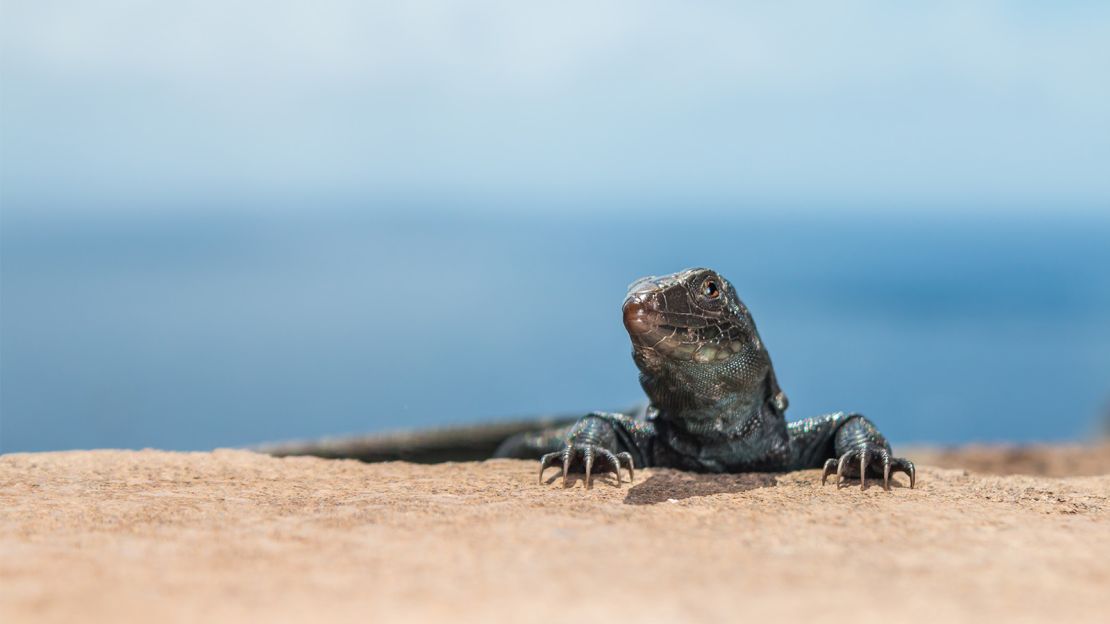
Their predators gone, Redonda’s endemic lizards have bounced back, with populations of one critically endangered species – the Redonda ground dragon – increasing 13-fold since 2017, according to researchers. Total vegetation biomass has increased by more than 2,000% and 15 species of land birds have since returned, including boobies and frigatebirds.
“Pre-eradication, there was only one tree on Redonda, and there was only one resident land bird living on the island,” Bradshaw recalls. But now the ecosystem is working, and the circle of life has restarted.
“We’re getting vegetation, we’re getting fig trees. So, the birds are coming, they’re eating and they’re pooping seeds. So, we’re seeing different trees coming up, and that’s inviting more birds to come,” she says.

“A shining light”
The challenge now is how to maintain this trend. Bradshaw says that the EAG has implemented biosecurity measures to limit the risk of any reinvasions, and it has also started to do feasibility studies ahead of possible reintroductions of native species, such as iguanas or burrowing owls.
But she warns that the island is “still in the baby steps of recovering” and “it just takes one rat to destroy all that work.”
The protected area designation should help to maintain the status. While sustainable fishing will be permitted in the area, there will be a “replenishment zone” around the island that will act as a buffer, where no unauthorized vessels can enter. All boats and people that do come closer will have to be vetted, ensuring that there are no rats on board, or that no one is accidentally carrying invasive seeds on clothing or bags.
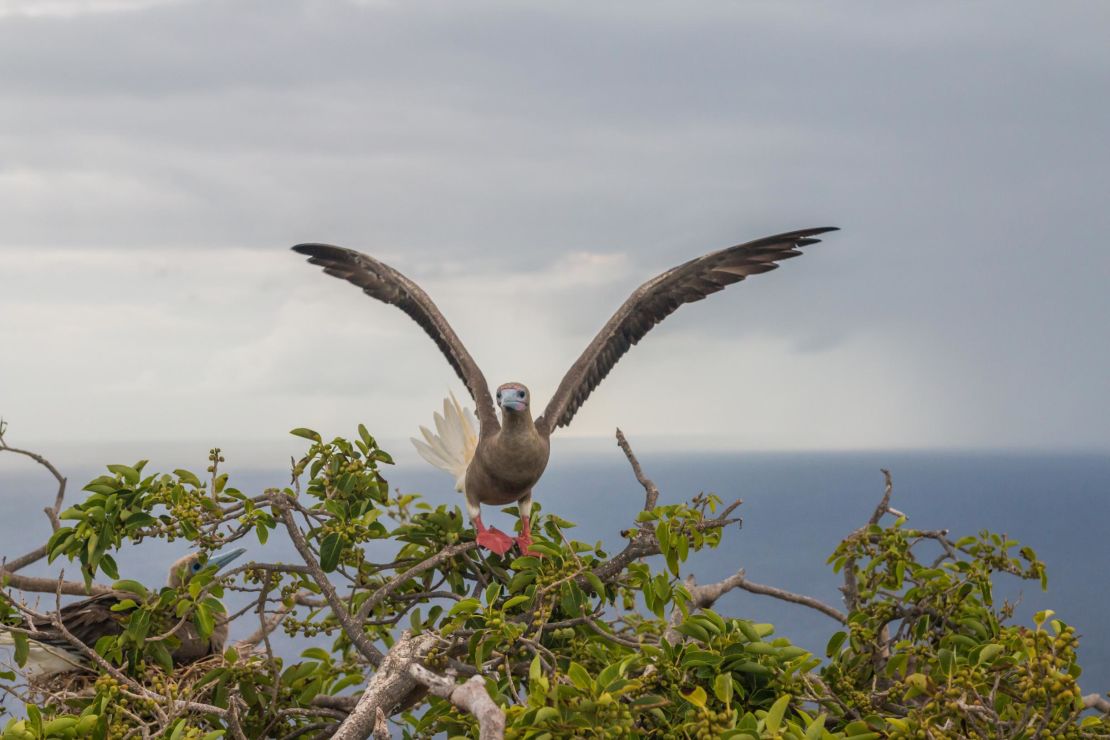
The Antigua and Barbuda Defence Force will help to patrol the area, and when the government receives enough funding, it hopes to buy boats specific to the ecosystem reserve with full-time patrol staff, explains Nneka Nicholas, legal consultant at the Department of the Environment.
Ultimately, the success of the protected area is in the islanders’ interest, says Helena Jeffery Brown, technical coordinator in the Department for Environment and founding member of the Redonda restoration program. “On small and developing island states our survival is dependent on having robust biodiversity. When we don’t have robust biodiversity, our islands are less resilient to changes: to climate change, to pollution, to invasives, to other driving forces,” she says.
The goal is for Redonda’s restoration to act as a “shining light” that other island nations can replicate, she adds, making the whole region, and the world, a more resilient place.
Bradshaw agrees wholeheartedly: “Redonda shows that rewilding works, when Mother Nature is left to do what she does best.”
